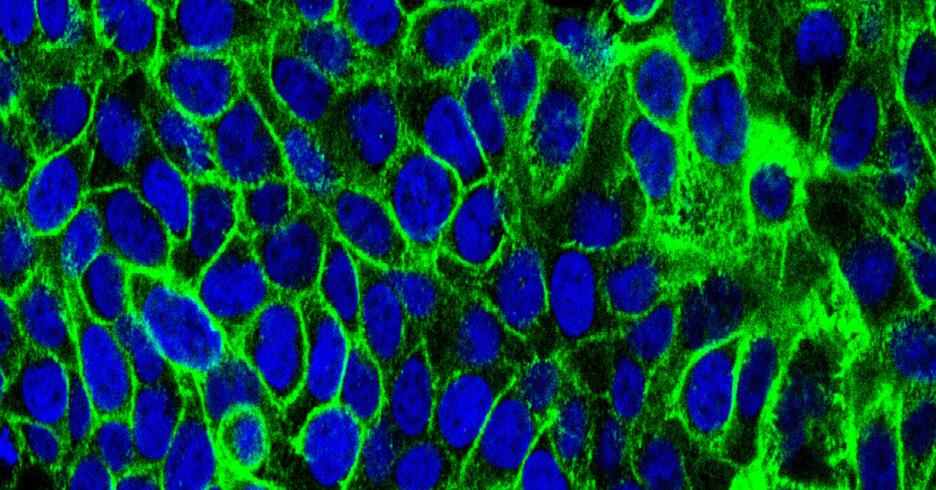Choosing the Right Cell Type

When I started out in tissue culture of primary human cells, there were few methods available and few options for cell types. Most human cell-based assays used immortalized cell lines for their availability and convenience. Cell culture was considered an art.
As methods have advanced and processes industrialized, we have many more choices. With so many options its useful to review the major three types: cell lines, primary cells and stem-cell derived cell types. While primary cells have the highest physiological relevance, they are not always the top choice for every application. It’s hard to beat cell lines for cost and performance, but if you are designing models of disease or complex tissue biology, primary cells and stem cell-derived cell types are the way to go.
Cell Lines
Cell lines come from cancer cells or cells that have mutated to grow continuously in cell culture. These cells are abnormal and do not respond like normal human cell types. However, they have the advantage of being inexpensive and easy to grow large numbers. Cell lines are preferentially used for pathway-based assays or genetically engineered assays but not for disease or tissue models. Examples of cell line-based assays include: recombinant protein based assays using transfected cells, reporter assays, and cell permeability assays using Caco2 cells (visit the American Type Culture Collection ATCC for more information about different cell lines). Since cell lines can grow indefinitely, it is critical to track their provenance and assess their identity on a routine basis. The International Cell Line Authentication Committeewas created a number of years ago after researchers discovered that many cell different lines being used were actually HeLa cells.
Primary cells
Primary cells are taken out of the body and used immediately or cultured for short periods (4-6 rounds of cell culture) before use. With longer culture, primary cells lose their expression of tissue specific markers and eventually develop genetic mutations and chromosomal abnormalities. Early passage primary cells have the highest physiological relevance among cell types. However, primary cells can be expensive and there are limited cell numbers that can be isolated from a single donor. For some cell types, cells from individual donors can be pooled to create cell banks for large screens. Examples of primary cell-based assays include T cell activation assays as well as the BioMAP® assay panel from Eurofins Discovery. Primary cell types are also being used in tissue chip platforms such as alveolus-on-a-chip and glomerulus-on-a-chip. Authentication of primary cells is typically performed by testing for expression of cell-type specific biomarkers, although many assays measure tissue specific functions directly.
Stem cell-derived cell types
The third option is stem cell derived or induced pluripotent stem cell (iPSC) derived cells. Shinya Yamanaka and John Gordon received the 2012 Nobel Prize in Medicine or Physiology for discovering that pluripotent cells can be derived from mature cells by reprogramming. Using different protocols, iPSC-derived cardiomyocytes, neurons, hepatocytes and many other cell types have been derived. Stem cell technologies have enabled access to cell types that are not otherwise available as primary cells. Stem cell-derived cell types are also more amenable than primary cell types to genetic modification (e.g., using CRISPR-Cas9, etc.), which requires cells to proliferate. See Friese et al., 2019 for a review of applications of these cells in drug discovery. There are disadvantages to stem cell derived cell types. The procedures to derive differentiated cell types can take many weeks of culture and the resulting cells may be heterogeneous and may not achieve fully adult phenotypes.
Choosing the right cell type is a balance between many considerations: the desire for high physiological relevance, the need for affordability and suitability for testing (e.g., amenable to genetic modification or meeting certain performance metrics). As availability of primary cells and stem cell-derived cell types increases, costs should drop while the number of experienced scientists increases. This bodes well for a future where better cells = better science.
Photo by National Cancer Institute on Unsplash (recolored by author).






